Description
Description: Chinese clear quartz with black rutilated inclusions snuff bottle of flattened rounded form, carved on one side with the “Liu Hai and the three-legged toad” motif and on the other side with a millet plant. The Liu Hai figure and the toad are partly highlighted by the dark inclusions of the stone.
Foot/base: Small oval concave base
Mark:
Dating: 18th / 19th Century.
Material: Clear quartz
Size: 64 mm high
Stopper: Green glass stopper with yellow glass collar and ivory spoon.
Provenance: Antiquarian market
References:
Notes: This bottle is most probably 18th century. The three last pictures are better showing the carvings thanks to the backlight; in particular, the last one is showing the three-legged toad.
From Wikipedia: Liu Haichan (劉海蟾) was a (c. 10th century) Daoist xian “transcendent; immortal” who is a patriarch of the Quanzhen School, and a master of neidan “internal alchemy” techniques. Liu Haichan is associated with other Daoist transcendents, especially Zhongli Quan and Lü Dongbin, two of the Eight Immortals. Traditional Chinese and Japanese art frequently represented Liu with a string of square-holed cash coins and a mythical three-legged chánchú (蟾蜍) “toad; toad in the moon”. In the present day, it is called the jīnchán (金蟾) “Money Toad”, and Liu Haichan is considered an embodiment of Caishen “God of Wealth”.
The earliest biography of Liu Haichan is in the (1241) Jinlian zhengzong ji 金蓮正宗記 “Records of the Orthodox Sect of the Golden Lotus”, which inspired most later accounts of his life. It records that Liu was a native of the Yan Mountains, a major mountain range in northern Hebei province, near present-day Beijing. During the turbulent Five Dynasties period (907-957), Liu, who was an expert in Huang-Lao philosophy, passed the imperial examination with a jinshi degree. After briefly serving as a minister to Liu Shouguang, the self-declared emperor of the Yan state (911-914), Liu Haichan was appointed Prime Minister under Abaoji in 916, the founder of the foreign Liao dynasty or Khitan Empire (907-1125).
There is a famous story about how Liu Haichan was converted to Daoism. One day, at the height of his glory, Liu met a Daoist monk who called himself Zheng Yangzi 正陽子 “Master of Correct Yang”—but was actually the renowned Immortal Zhongli Quan. He asked Liu to get ten eggs and ten gold cash coins (with a hole in the middle), and then placed a coin under each, and piled them one on top of another. Liu yelled “How dangerous!” and the Daoist smilingly replied, “The position of a prime minister is much more dangerous!”.[5] Liu was suddenly awakened, resigned from his position, gave up his wealth, left home, and went wandering. He changed his name to Liu Xuanying and the Daoists called him Haichan “Sea Toad”. Liu lived alone and practiced self-cultivation while travelling in Shaanxi between Mount Hua, a famous location for Daoist and Buddhist monks, and the Zhongnan Mountains, until he achieved Daoist xian-hood “immortality; transcendence”.
In Chinese mythology and yin yang theory, the three-legged toad is a moon symbol. According to an ancient tradition, the tripedal toad is the transformed Chang’e lunar deity who stole the elixir of life from her husband Houyi the archer, and fled to the moon where she was turned into a toad. A Chinese folklore tradition is that during the night, Liu Hai’s three-legged toad produces a pearl that, when eaten, can change a person into a xian immortal or can restore a corpse to life.





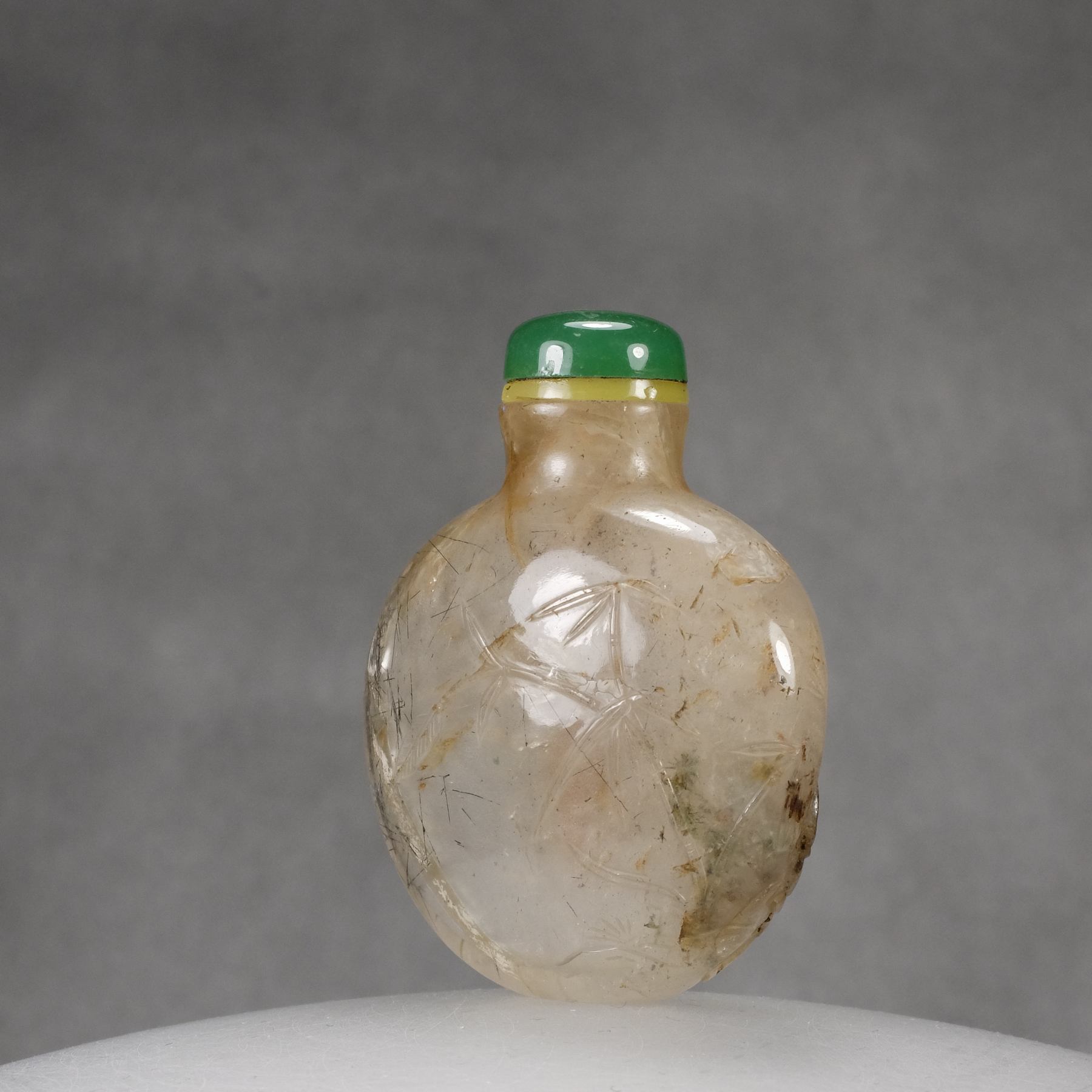
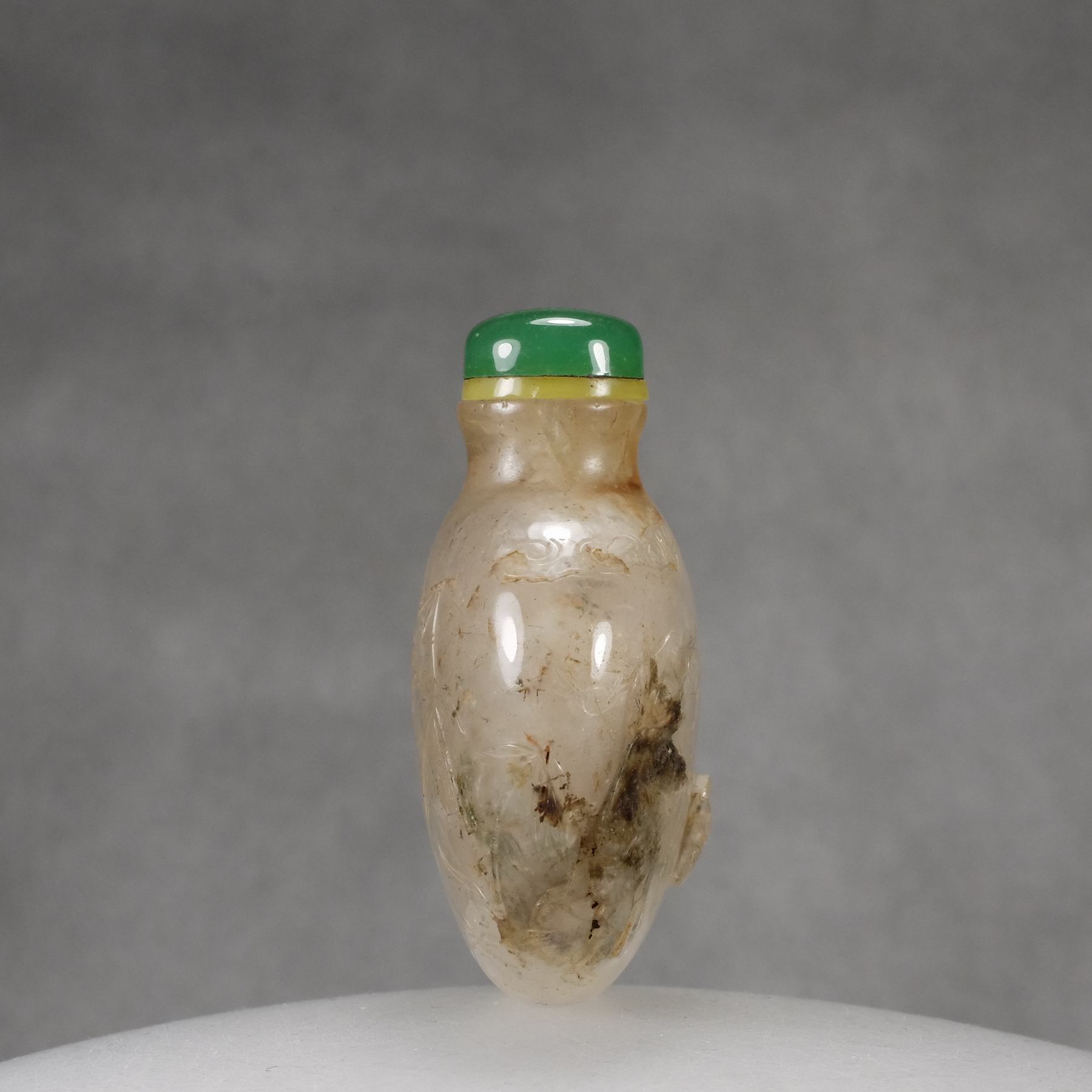
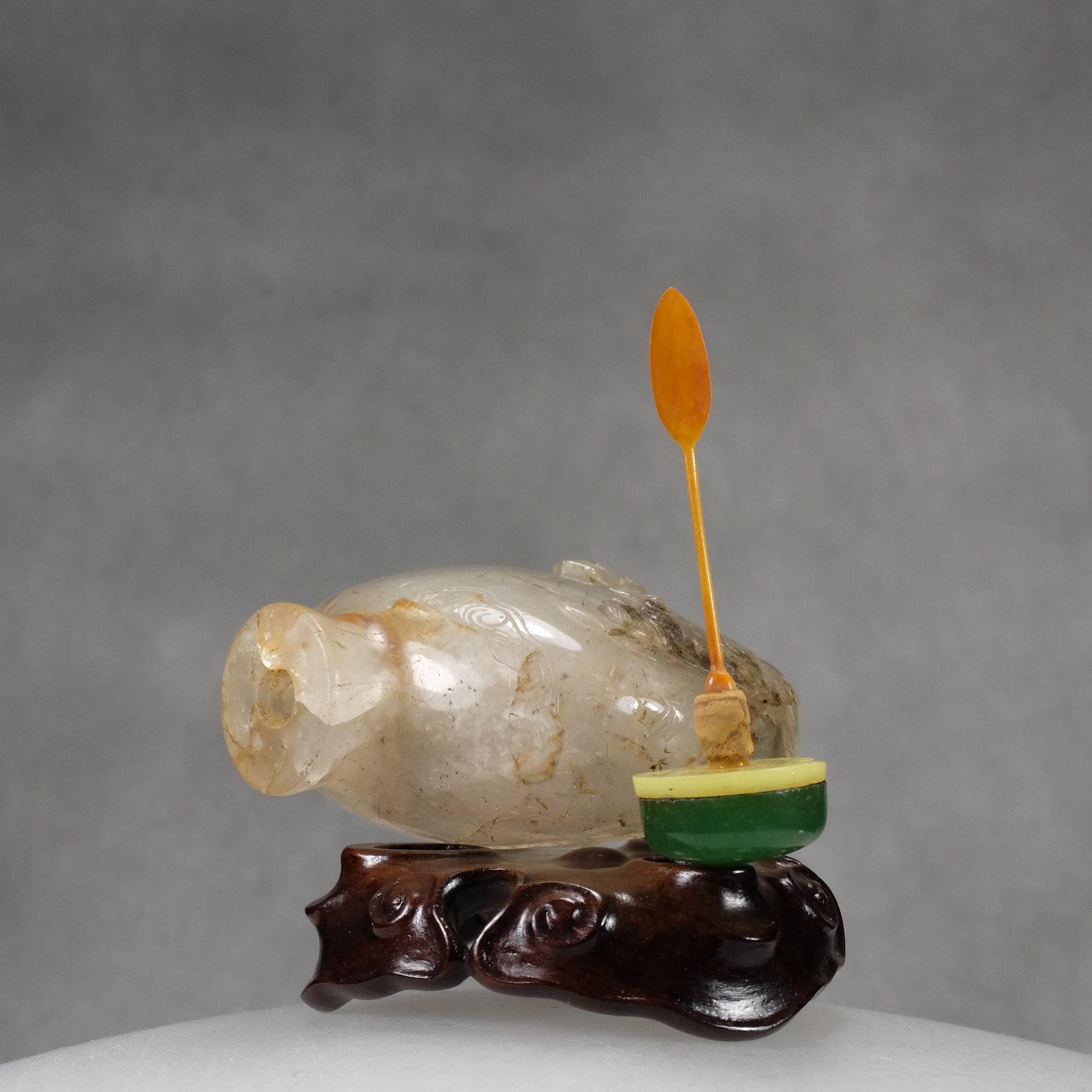



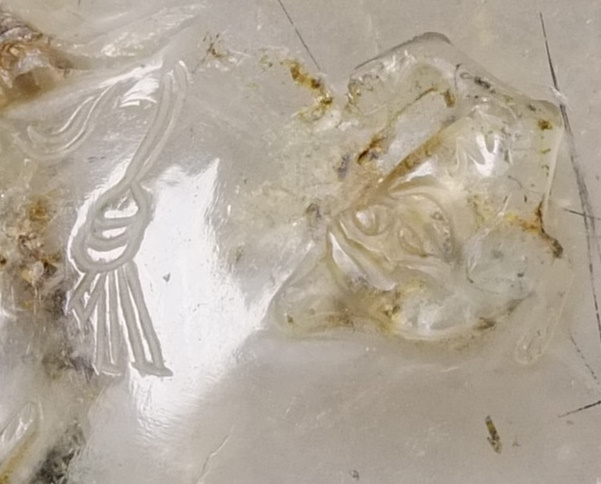
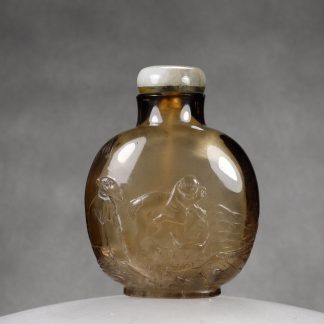
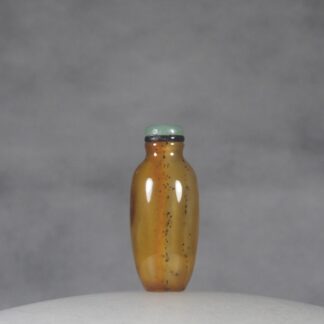
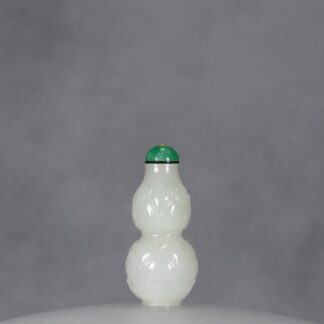
Reviews
There are no reviews yet.